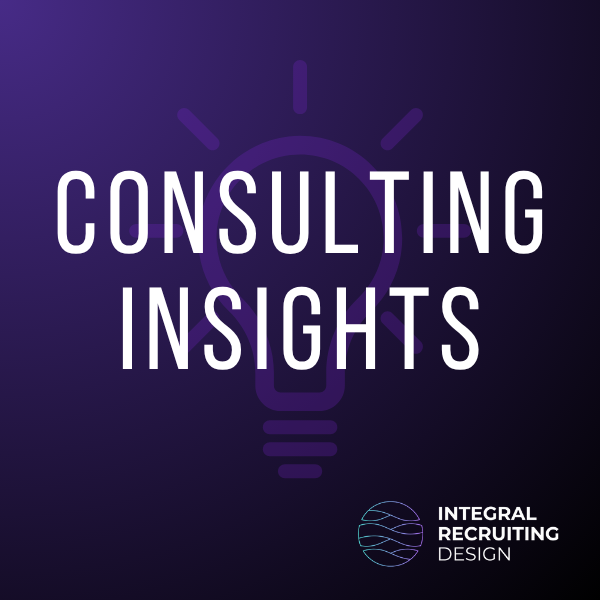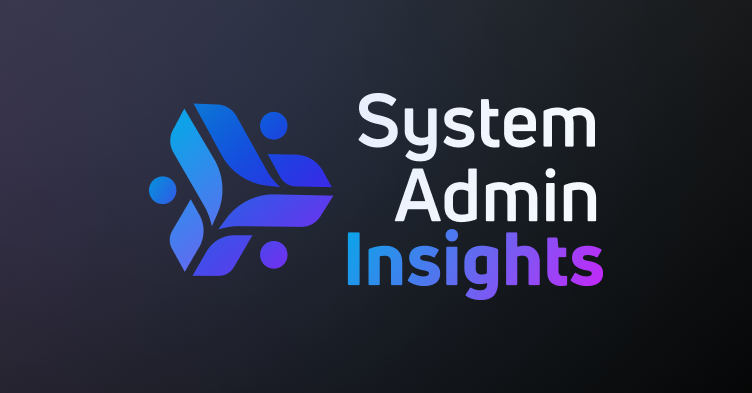The Problem
A large healthcare network had 12,000 physicians working across 24 hospitals and 200+ clinics. Even though they served 3 million patients, they had a critical problem. They lacked a standardized physician hiring process.
What Was Going Wrong
Each medical group was working independently. This created multiple urgent problems:
Fragmented physician recruitment workflows: Each department had its own hiring approach. Because of this, physician candidates experienced confusion when applying to different areas.
Compliance gaps: The network wasn’t systematically following healthcare-specific regulatory requirements. This put them at risk for legal issues.
Manual credentialing bottlenecks: Staff had to verify medical licenses and certifications by hand. As a result, the physician hiring process took much longer than necessary.
Extended vacancies: Critical physician positions remained open for months. Meanwhile, other physicians had to work extra shifts to cover the gaps.
Limited visibility: Hospital leadership couldn’t track physician recruitment metrics. Therefore, they couldn’t plan ahead or identify bottlenecks.
The Solution: A Comprehensive Physician Recruitment Workflow
To address these challenges, Integral Recruiting Design developed a healthcare-compliant physician hiring process within iCIMS. This physician recruitment workflow was designed specifically for medical professional hiring.
How We Built the Workflow
Step 1: Streamlined Physician Application Process
First, we created physician-specific portals with medical specialty categorization. Then, we implemented advanced screening questions that automatically collected:
- Medical license verification with state-by-state requirements
- Board certification status and expiration dates
- Hospital privileges and clinical experience
- Malpractice insurance history
- Research publications and academic affiliations
Step 2: Automated Compliance and Credentialing Integration
Next, we built compliance checkpoints directly into the physician recruitment workflow. In addition, we established reference collection processes designed for medical professionals:
- Peer physician references
- Department chair recommendations
- Privacy notices compliant with healthcare data protection requirements
Step 3: Multi-Stage Review Process
Finally, we configured approval workflows that matched existing medical group hierarchies:
- Department-level initial screening
- Medical director review
- Credentialing committee assessment
- Executive approval for senior physician positions
Also, we added automated notifications to keep candidates informed throughout the extended review periods.
Technical Features That Enhanced the Physician Hiring Process
Custom Field Development
We developed specialized fields for physician recruitment:
- Medical specialty dropdown with 40+ subspecialties
- License tracking fields with expiration alerts
- Board certification verification and renewal tracking
- Hospital privilege status across multiple facilities
- Call schedule availability and on-call requirements
- Research interests and academic appointment preferences
System Integrations
Furthermore, we connected the physician recruitment workflow to essential external functionality, including:
- Automated background check triggers for healthcare-specific screenings
- XML feeds to specialized physician job boards
Comprehensive Reporting
We also built physician-specific analytics including:
- Physician recruitment metrics dashboards
- Time-to-fill tracking by medical specialty / practice group
- Compliance audit trails
- Credentialing bottleneck identification
- Cost analysis and ROI tracking for physician hiring
Overcoming Implementation Challenges
Challenge 1: Complex Credentialing Requirements
Healthcare credentialing typically takes 90-180 days after an offer is accepted. This creates significant complexity in the physician hiring process.
How We Solved It: We created a parallel credentialing tracking system within iCIMS that monitored:
- Primary source verification status
- Medical education confirmation
- Residency and fellowship verification
- Malpractice insurance documentation
- Hospital privilege applications across multiple facilities
Challenge 2: Multi-Site Operations
Physicians often work across multiple hospital locations. Each site has different requirements.
How We Solved It: We developed location-specific screening questions and approval workflows:
- Site-specific privilege requirements
- Location-based on-call availability
- Facility-specific compliance training requirements
- Regional medical staff bylaws acknowledgments
Challenge 3: Extended Recruitment Timelines
Physician recruitment often spans 6-12 months (at least) from initial contact to start date.
How We Solved It: We implemented candidate nurturing capabilities:
- Automated touchpoint communications throughout extended timelines
- Candidate portal access for document uploads and status updates
- Calendar integration for interview scheduling across multiple departments
- Offer letter templates with physician-specific terms and conditions
The Results
Quantitative Improvements
The new physician recruitment workflow delivered significant measurable results:
- 50% reduction in time-to-fill for physician positions (from 180 to 90 days)
- 35% improvement in offer acceptance rates through streamlined candidate experience
- 90% reduction in credentialing delays via automated tracking and alerts
- 40% decrease in administrative overhead for recruitment coordinators
Operational Benefits
Beyond the numbers, the physician hiring process created lasting improvements:
Standardized candidate experience: All physicians now encounter consistent, professional application processes regardless of medical group.
Enhanced compliance posture: Automated healthcare regulation adherence significantly reduced legal risks.
Improved physician candidate quality: Specialized screening and assessment improved hiring outcomes.
Better stakeholder communication: Real-time visibility provided everyone with better recruitment insights.
Strategic Advantages
Centralized physician recruitment data: Hospital leadership gained comprehensive hiring insights for better decision-making.
Scalable processes: The physician recruitment workflow could easily expand to new medical group acquisitions.
Audit-ready documentation: All records met regulatory compliance and accreditation requirements.
Reduced dependency: The system decreased reliance on individual recruiters through standardized processes.
Key Success Factors
Several elements contributed to the successful physician recruitment workflow implementation:
Healthcare industry expertise: Deep understanding of physician hiring nuances, credentialing requirements, and regulatory compliance needs was essential.
Technology customization: Extensive iCIMS configuration supported healthcare-specific workflows while maintaining system integrity.
Stakeholder collaboration: Close partnership with medical directors, credentialing departments, and hospital leadership ensured clinical alignment.
Change management: Careful transition from fragmented processes to standardized workflows included comprehensive training and support.
Continuous optimization: Ongoing refinement based on user feedback and recruitment outcome analysis kept the system optimized.
Long-Term Strategic Impact
The physician recruitment workflow became the foundation for expanding healthcare hiring capabilities:
- Nurse practitioner and physician assistant workflows built using similar methodology
- Clinical research coordinator processes leveraging the compliance framework
- Residency and fellowship program integration for academic medical centers
- Agency workflow development for temporary physician staffing needs
Key Takeaways for Healthcare Leaders
This case study demonstrates how specialized workflow design can transform recruitment operations in highly regulated industries. By addressing both immediate implementation needs and long-term strategic objectives, healthcare organizations can create competitive advantages while ensuring compliance and operational excellence.
For healthcare talent acquisition leaders considering similar improvements, the key is starting with a clear understanding of your unique regulatory requirements. Then, build physician recruitment workflows that support both compliance and candidate experience.
Most importantly, the investment in proper physician hiring processes pays dividends through reduced time-to-fill, improved candidate quality, and enhanced TA efficiency. Ultimately, effective physician recruitment workflows help healthcare organizations attract and retain top medical talent, which directly improves patient care outcomes.




